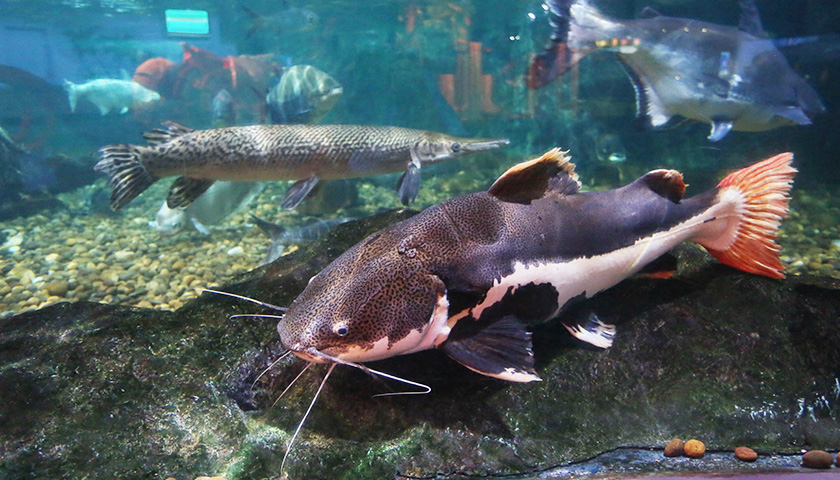In response to several recent calls concerning deceased fish on Chickamauga Lake, biologists with the Tennessee Wildlife Resources Agency (TWRA) announced they found approximately 300 dead channel catfish.
The biologists made the discovery after searching the lower part of the reservoir to the dam, covering approximately 32 miles of shoreline.
The deceased fish averaged in size of just over a pound, with the largest concentration of fish found near the dam, according to TWRA biologists. In addition, the biologists determined that all of the catfish died at the same time and had “good body composition, with no obvious signs of disease or trauma.”
However, due to the stage of decomposition on which the fish were found, “samples could not be taken to determine the cause of death,” according to TWRA.
“This sounds like a large number, but in the biological world, it isn’t. There are several clues that allow us to know this incident is not due to chemicals, bacteria, or a virus,” Aquatic Habitat Protection Biologist Bobby Brown said in a statement. “Because there was a single species (channel catfish) of similar size, agency biologists believe this was a solitary occurrence. If chemicals, a virus, or bacteria were the cause, there would be multiple ages and species of fish.”
Region III Fisheries Program Manager Travis Scott said that catfish are typically a “hardy fish,” as there are “many other fish more sensitive to water quality issues.”
“Luckily, we are not seeing further signs of sick or dying fish,” Scott added.
TWRA says it will continue to monitor the lake in the meantime.
Chickamauga Lake is 58.9 miles long, stretching from Watts Bar Dam to Chickamauga Dam. The lake borders Rhea County, Meigs County, and Hamilton County with 810 miles of shoreline and two bridges crossing it at State Highway 60 and Highway 30.
– – –
Kaitlin Housler is a reporter at The Tennessee Star and The Star News Network.
Photo “Catfish” by Piya Nimityongskul.








